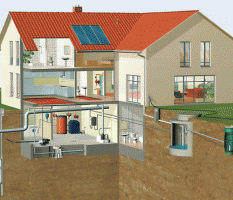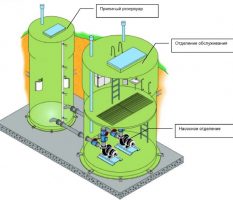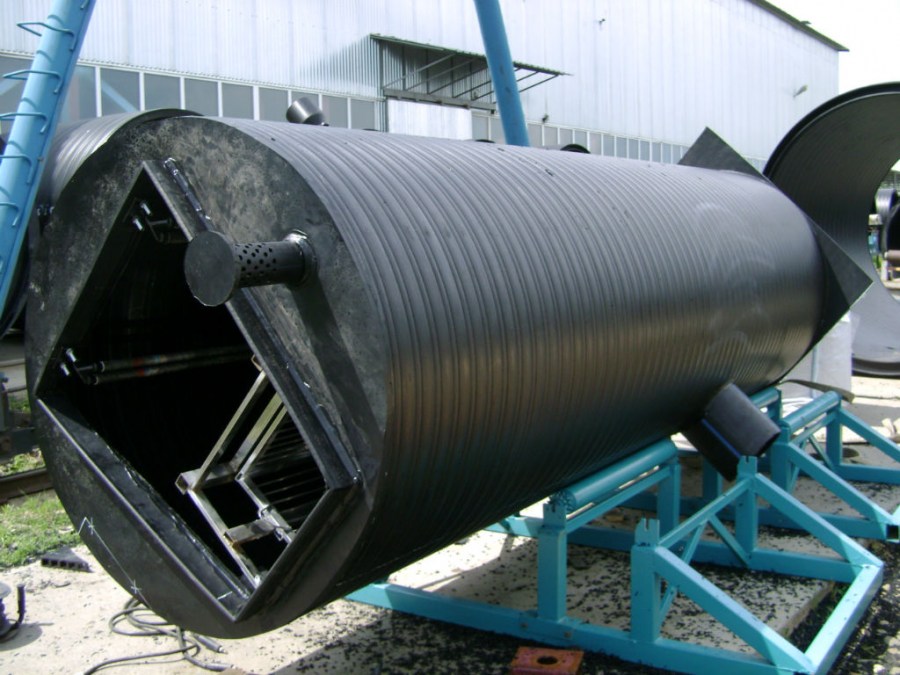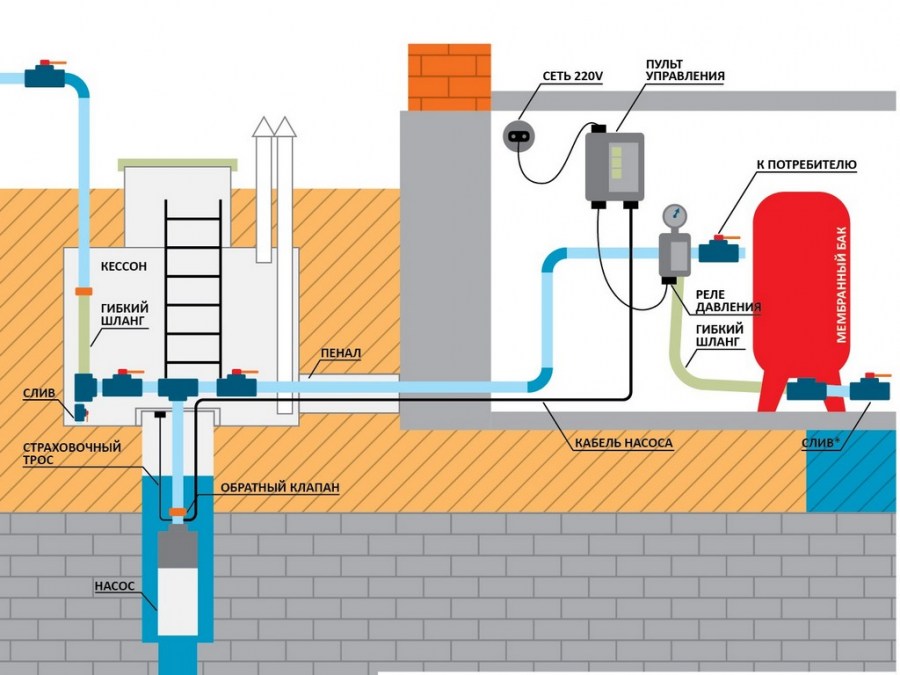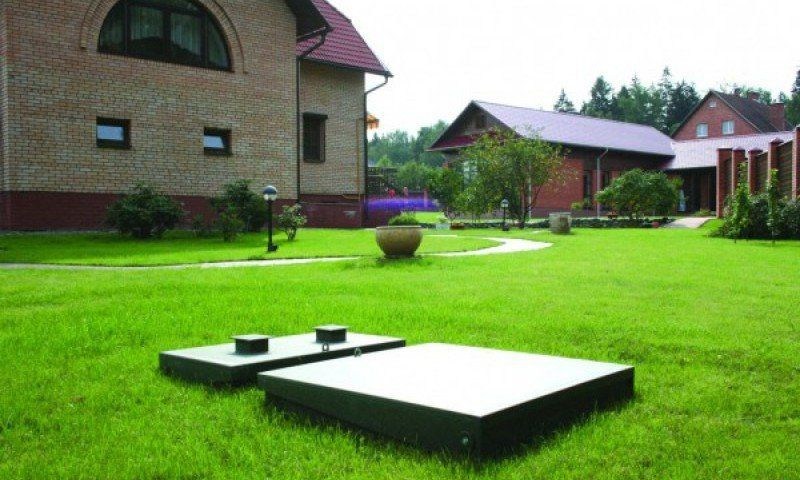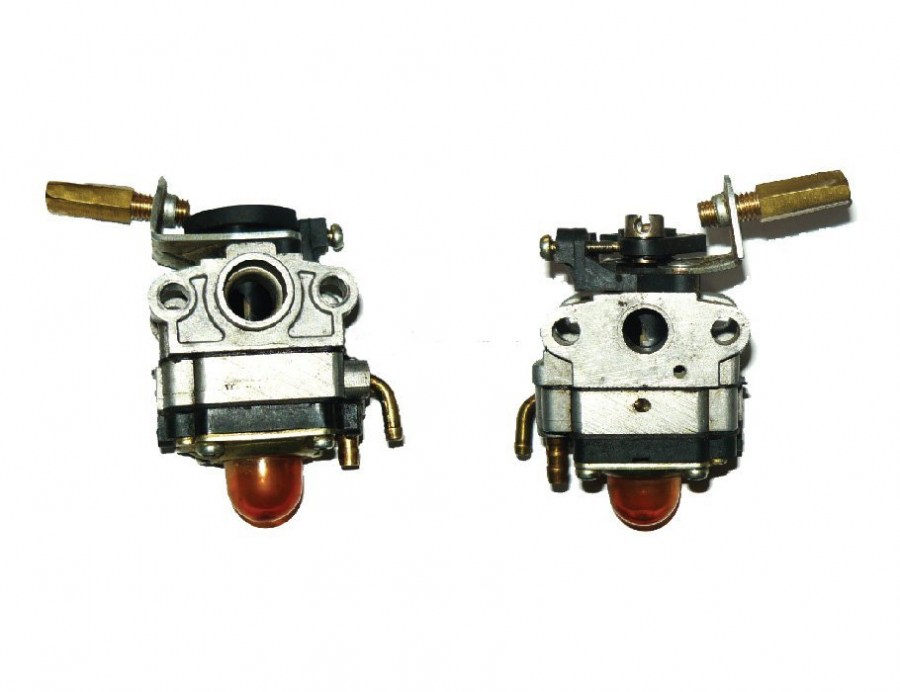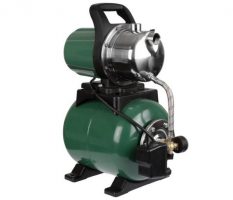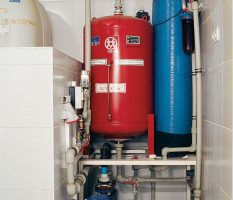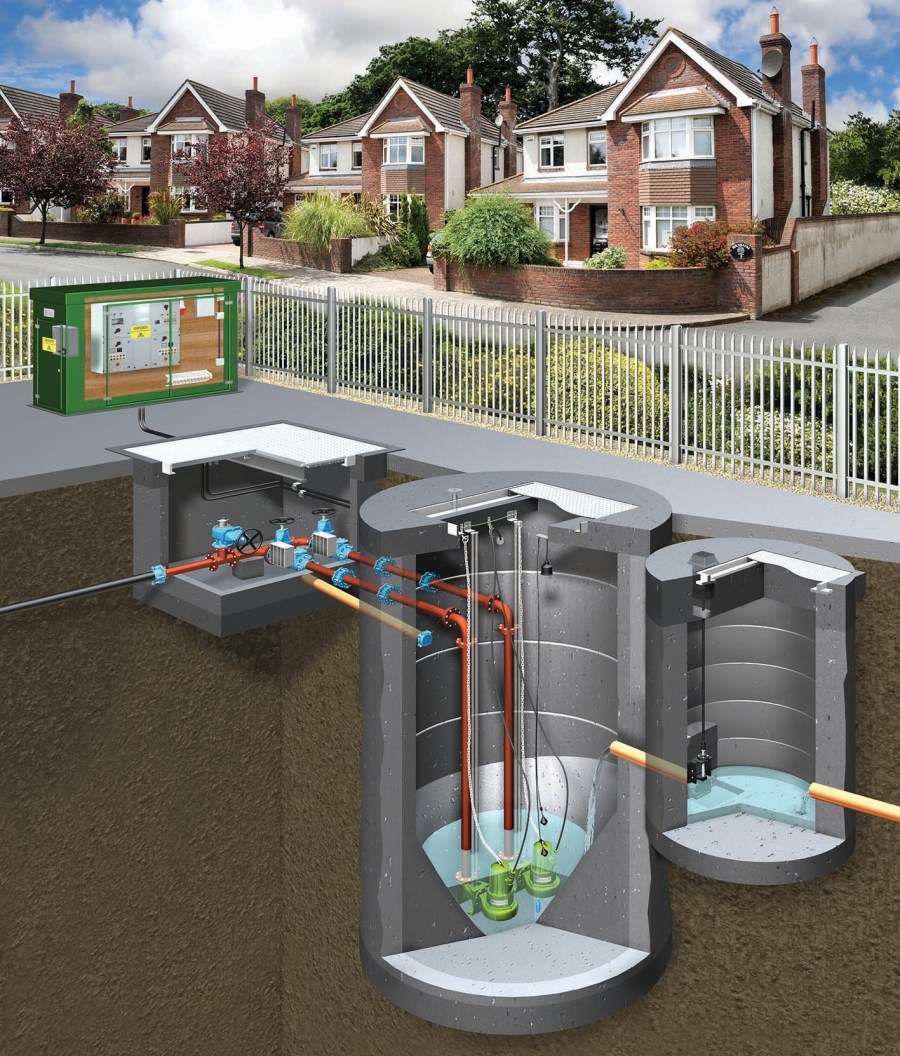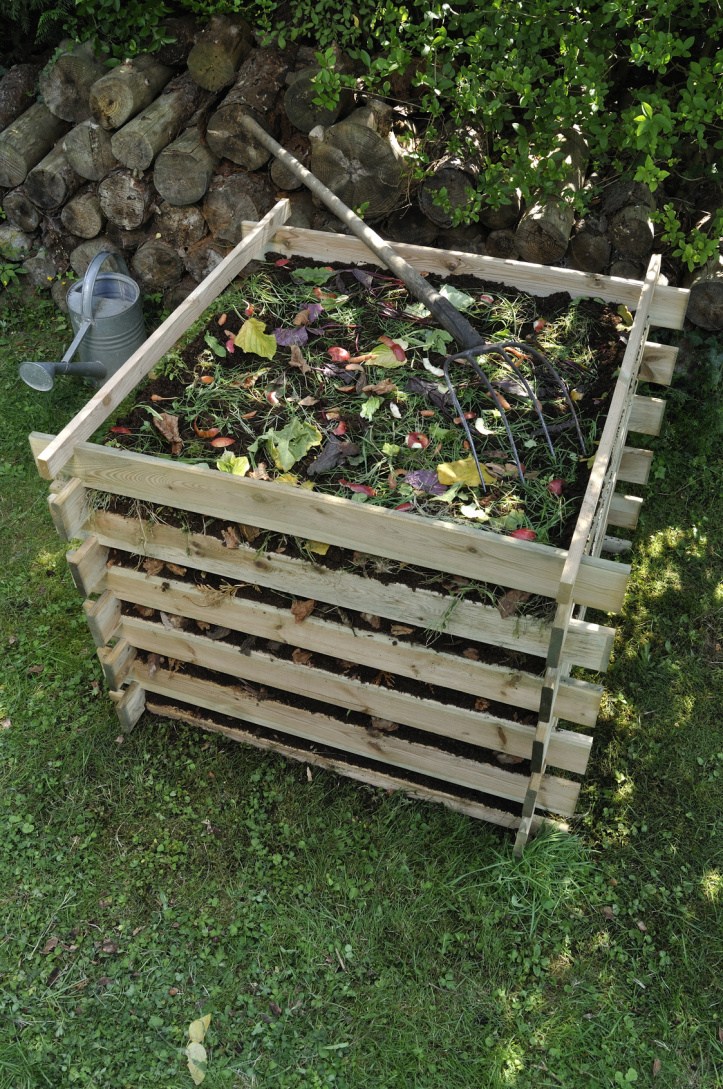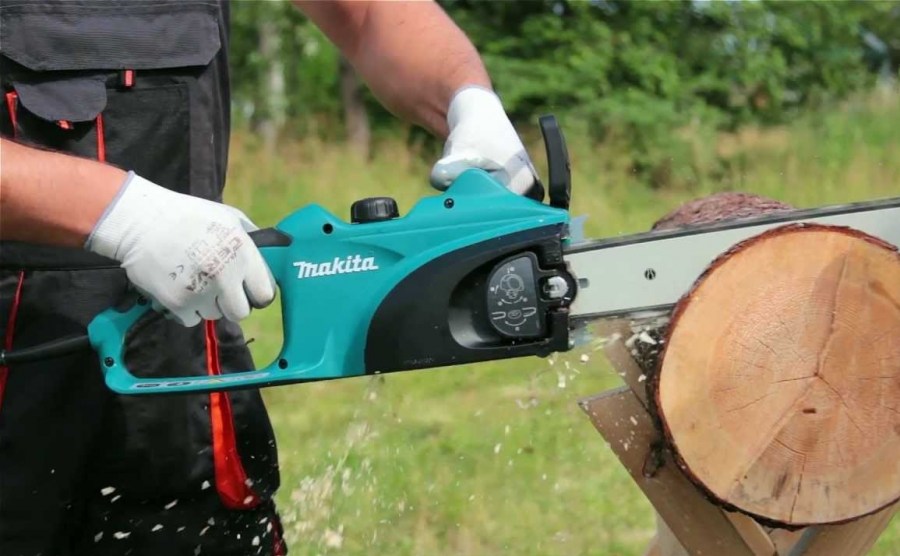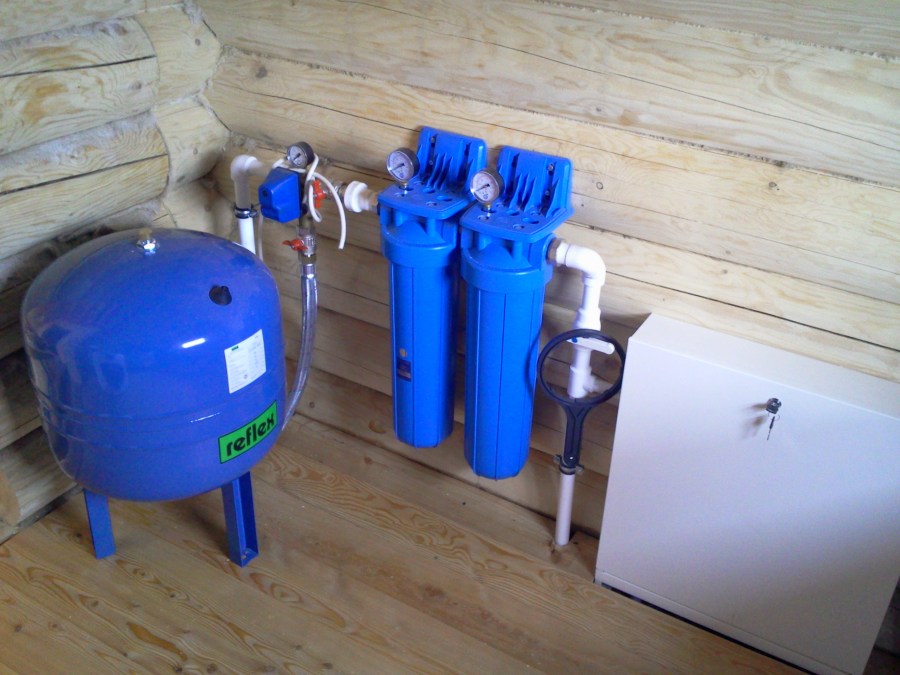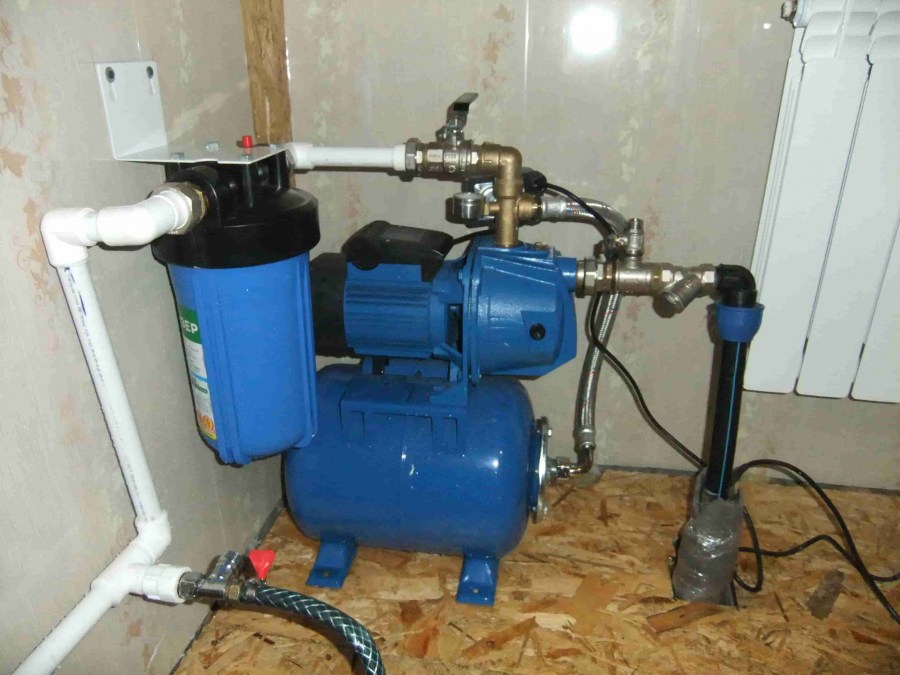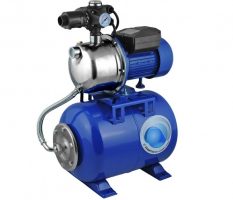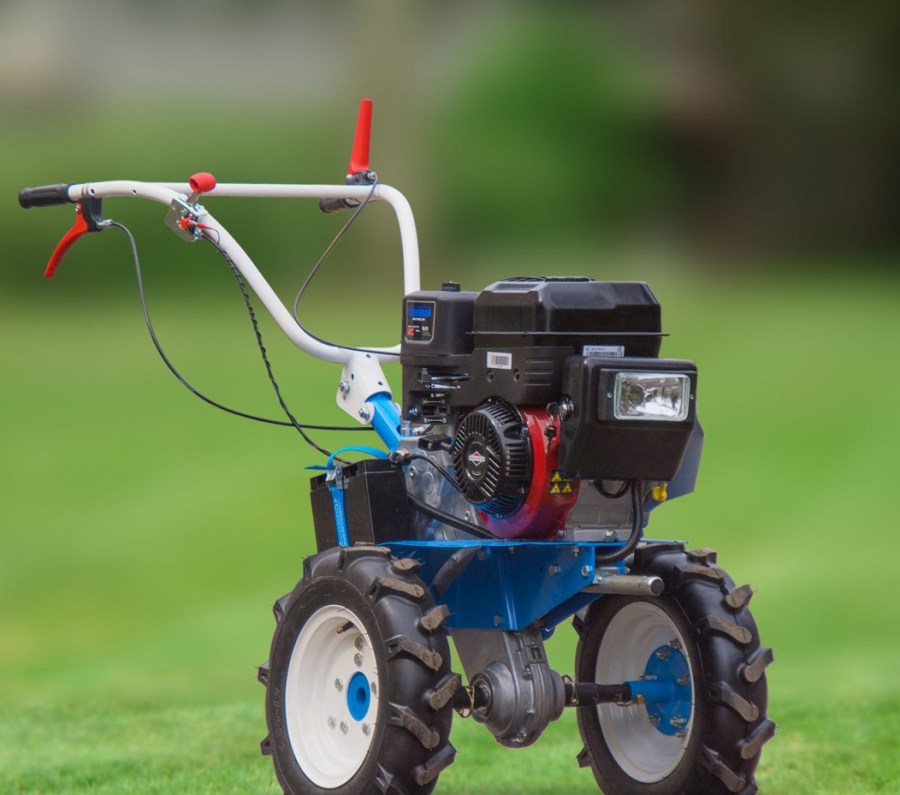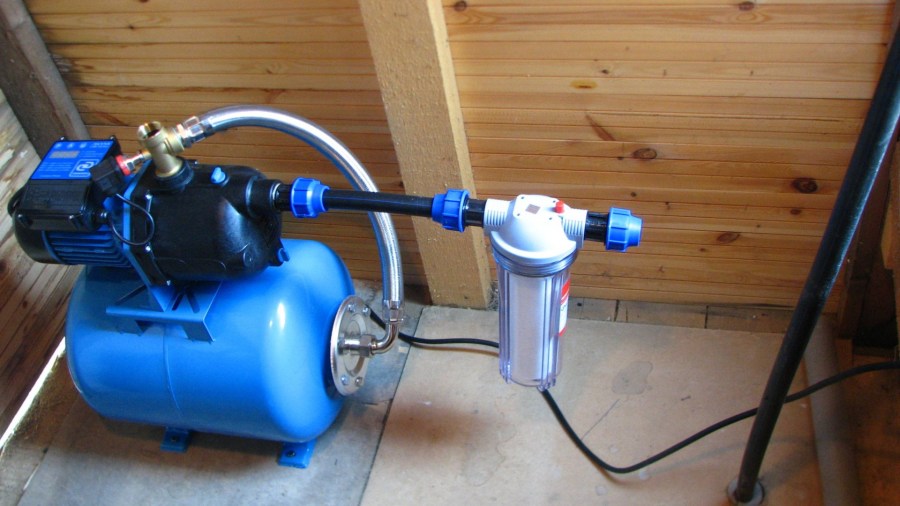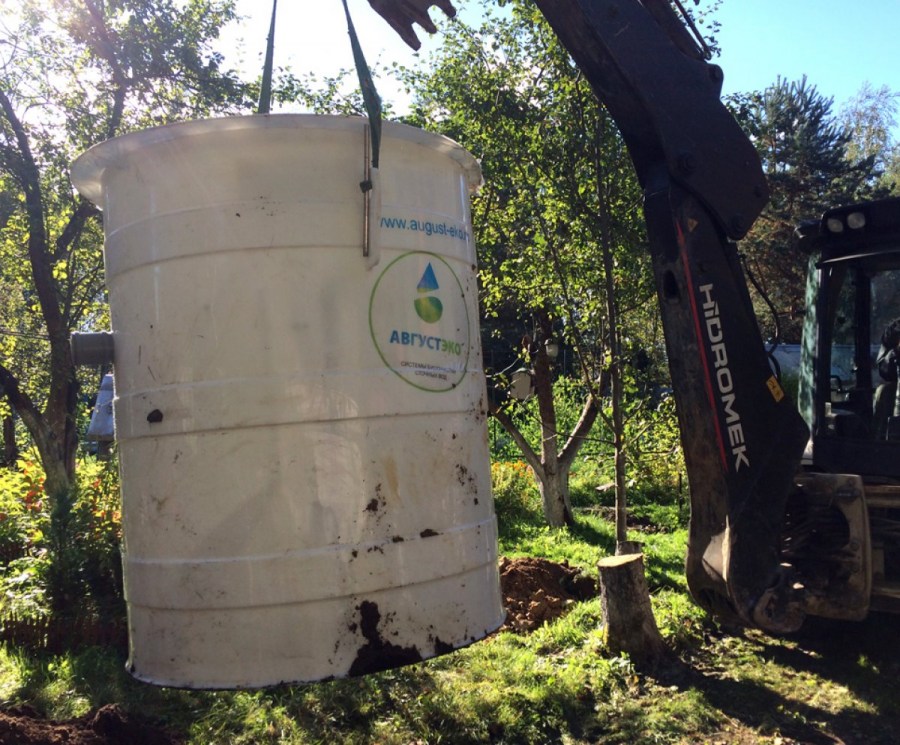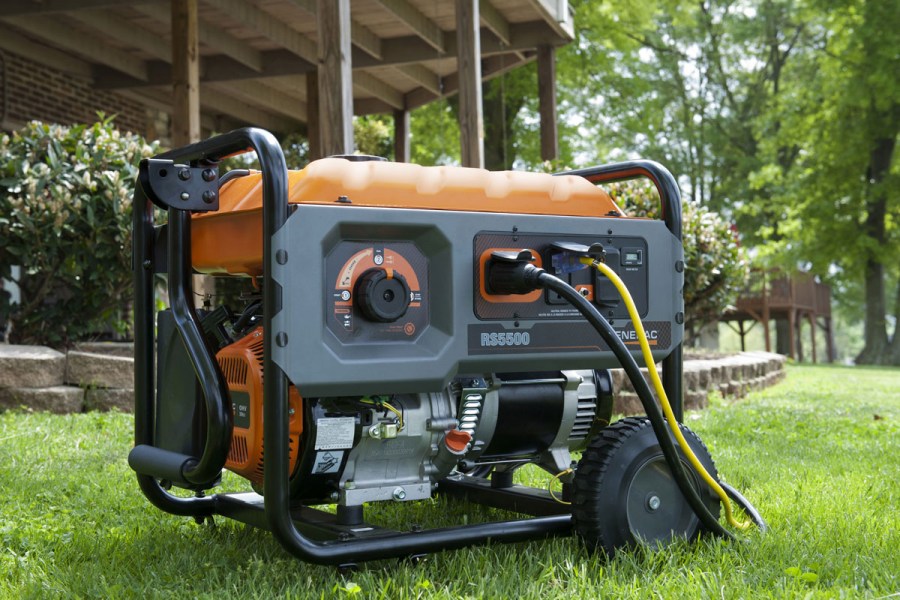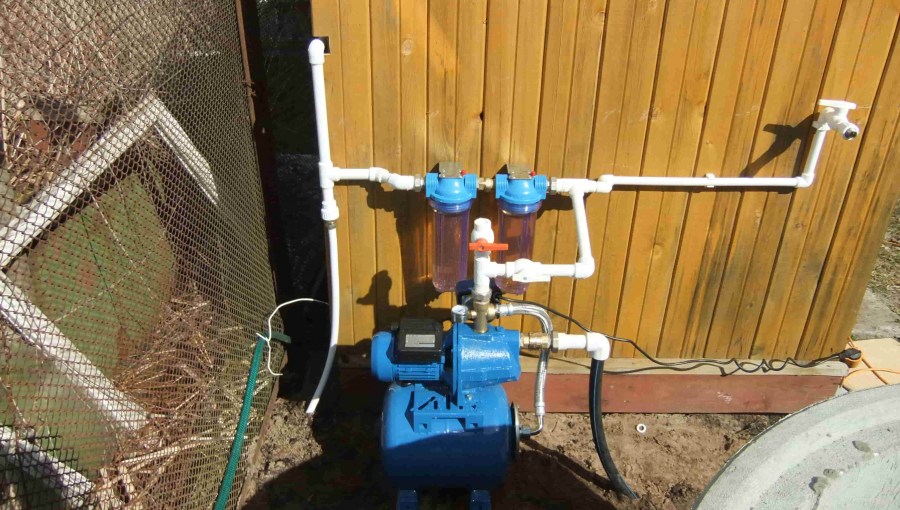Pumping station for the home: water supply system and the main nuances of design and installation (65 photos)
In your own home, one of the most important elements for a comfortable life is the pumping station. It supplies water not only to the kitchen unit, but also toilets and bathrooms, and is also necessary for household needs. Therefore, the approach to choosing a water supply station for your home should be very responsible. You must carefully select all the necessary mechanisms that can provide all your needs with water.
If you are visual - it is best to preview the photo of the pumping station for the home. Perhaps this will help you determine the manufacturer.
Types of pumping stations
What kind of stations exist? What does the manufacturer offer us today? What is a pumping station for a private house? When should it be turned on? What functions does it perform?
The pump supplies water directly from the water well to the consumer’s house. If you automate this scheme, it immediately becomes possible to start the pump at any opening of the tap (take a shower, wash, wash dishes and other necessities).
Unfortunately, such too frequent use entails an early wear of the pump parts and its short service life. This is an ideal scheme for infrequent use when the pump is used in the country for own needs or for watering a small garden plot.
The most important nuance - for the full-fledged operation of such a station in your home, you need to monitor the water level in the well or well. They should not be higher than 9 meters. If the water mirror is a little deeper, the pump simply cannot lift water up.
The main parameters when choosing a station for water supply include:
- station performance;
- power of its engine;
- the volume of its tank or storage tank;
- maximum height to which the pump can lift water.
When choosing a pumping station in a private house, you should know in advance how deep your well is. If it is not very deep - you may need a water station, which is equipped with a hydraulic tank. It has a surface pump, a hydraulic accumulator (the capacity may be different).
Construction work and types of hydraulic tanks
Water is pre-pumped into the hydraulic tank. The pump will start to work after the water reaches a certain level in the accumulator. This gives its advantage - there will always be some water in the tank. Therefore, even if the power is turned off, there will always be some water in the tank. The volume of the tank may vary - from 24 to 50 liters. These are the most common volumes.
The disadvantages of such a station: with a one-time long-term use of the pump for watering the garden, the pump switches on and off too many times on its own.
It is advisable that the station is installed with the help of a specialist who will connect everything correctly. The wizard will also make all the necessary adjustments to the station for operation.
What are the water installations?
Standard water stations will have the following elements in their components:
- the pump itself;
- accumulator;
- relay (with minimum or maximum pressure);
- water hoses;
- electrical cable;
- manometer.
Pumps can have an ejector that is integrated either without it or with an ejector that is carried out. The classic pump station works without an ejector.
The ejector is used in cases where the well depth is more than ten meters (the ejector is able to lift water from 30 m). Today, manufacturers offer their consumers models that are able to lift water from a 45-meter depth.
What is an ejector? This is a device that helps to lift water into the house through a vertical pipe.
A pump that has a built-in ejector is quite noisy. This must be taken into account when designing a place for a pumping station and building it at a short distance from a residential building.
Models that have an ejector remote design more complex. The pump station itself can be located indoors. The ejector part will be mounted directly in the well itself.
Mount this part on two pipes. Through one pipe, the water station picks up water and directs it to the ejector. Through the second pipe, water with the desired pressure in the pumping station enters the room.
The scheme of the water station
Water analysis starts from the storage tank, which is built into the station. This occurs at the moment of direct opening of the crane. In this case, the pressure in the water supply system will decrease.
Further, when the pressure is below the minimum setting of the relay, the pump will turn on. He will supply water from the well and at the same time fill the accumulator. After the analysis is over, the pressure will increase. When it reaches its maximum, the pump will turn off.
The best option for water supply of a private house is a combination of a pump and a hydraulic accumulator. Due to the presence of a hydraulic accumulator, a residential building and other facilities that require water - everything is provided with water with the necessary pressure, without problems.
This option is ideal - here the principles of profitability are observed in combination with high performance.
For uninterrupted functioning of water supply, it is necessary to think over the whole process from the beginning, how water will be supplied and to lay all the necessary communications.
How to choose water units?
How to choose a pumping station and take into account all the necessary nuances? With a wide variety of models that manufacturers offer us, it will be difficult for an ordinary ordinary consumer to make a choice in favor of one or another model. We give some recommendations on how to choose a water station.
Try to study the manufacturer. How reliable is it. Do you have a service and repair center in a city or region. What is the warranty period? What requirements does the manufacturer have in order to maintain warranty service?
What materials are used to produce the pump, accumulator tank, impeller? What is the volume of the tank? What is the pump capacity? What is the maximum and minimum suction height of the pump? Power station. What is included in the pump station kit?
How much can a pumping station cost?
An important nuance when choosing this design in a private house is its cost. Unfortunately, people are not always inclined to recall the proverb “Avaricious pays twice." To reduce the cost of construction, some craftsmen prefer to step down to such a step as a pump station with their own hands.
How correct this is is difficult to judge. Here you need to understand how often you will use this design. What can a summer resident make a pumping station from? From what will be at his fingertips. This leads to the fact that over time, some elements begin to live in their rhythm and very often fail.
If you want to save money, you can look in the direction of Chinese pumps. However, it should be remembered that they are very noisy and do not last long. Their advantages include only their cost.
If you ask the opinion of specialists, they will recommend choosing a ready-made station or using components. The finished pump station is ready for installation. It perfectly matches all the elements according to their technical characteristics, materials and sizes.
Photo pumping station for home
Garden tools: 130 photos of the optimum tool of a worthy kachevsev
Bridges for a summer residence: 90 photos of the rules for decorating a decorative pond or stream
Dome houses - 125 photos of the modern design of cozy dome-shaped houses
Swimming pool on the site: 105 photos of ideas for creating a stylish and convenient tank
Join the discussion:







